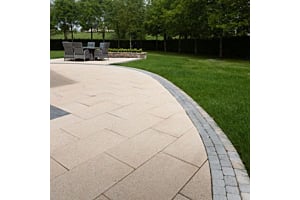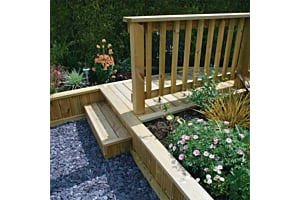Then when it comes to your walls and ceilings, you also have decisions on plastering to make. There are two main forms of plastering: wet or dry. Both have merits and both are widely used by professionals, and it ultimately comes down to the job they are being used for. So, whether you are renovating your home, or one wall or ceiling just needs fixed, we are going to take a look at the pros and cons of the different types of plastering you can choose from.
WET PLASTERING
Wet plastering is typically the first choice of plaster when it comes to many professionals. This is traditional plastering, and while it may take a little more work, you are always guaranteed a smooth surface in the end result, and this type of plastering is often much more durable.
Wet plastering requires adding plaster to the wall as you go, and this sort of application comes with the benefit of being able to plaster any area big or small. This means you can not only apply to large stretches of walls, but the plaster also works with hard to reach areas such as corners and around windowsills or door frames. However, this can be a tricky process to carry out and it is recommended you get a professional to do it to avoid cracks and uneven surfaces. This is a trade that often requires years of practice, and not something you should decide to carry out on a whim in your home.
While all plastering provides a form of insulation, wet plastering is somewhat more dense and more airtight than plasterboard and will therefore retain warmth better.
Pros: Easy to use on any shaped project, smooth finish.
Cons: Expensive, not for the DIY-er.
PLASTERBOARD
Plasterboard is a very easy alternative to wet plastering. It is much less time consuming as you will be working with pre-cut plasterboard sheets rather than adding plaster as you go. Furthermore, this is a project that most could tackle within their own home: all you have to do is carefully measure how much plasterboard you require, order the materials, and secure the boards to your wall by screwing together the joints and sanding off any uneven surfaces.
For tricky to reach spots, standard plasterboard will need to be cut down to size with a knife. This will then need to be sanded together with the rest of the plasterboard to get a smooth finish. While plasterboard aims to give a smooth a finish as possible, it is unlikely you will get a surface as smooth as wet plaster – however, the risk of cracking is diminished with plasterboard at it already comes dried.
The hardest part of plasterboard will be taping the joints together to get your wall as seamless as possible.
Pros: Easy for the experienced DIY-er, less time-consuming, cheaper.
Cons: Hard to use on small spaces, will not be as insulating.
Just like there is with all building materials, there are some very clear differences when it comes to plastering and the choices that need to be made. Not only will you be taking into account the money you wish to spend on the project and the time that goes into it, but you’ll likely also be considering whether you want to hire someone to carry out this task for you or if it’s a job you will be taking on yourself. The size of the wall or ceiling you will be plastering will of course be a large deciding factor, but we would always recommend a professional carry out any plastering within your home for a truly durable finish and to avoid any mistakes.
The features you will want from a wall: insulating, water resistant and fire protection come with any type of plaster and the results will not be hugely different whether you choose wet plaster or plasterboard (can also be called drylining). All forms of plaster aim to give you as much protection as possible, but of course as our pros and cons above show, there will be slight variances in result and the application process varies also.
We are here to help!
There are a range of different types of plasterboard you can choose from, along with wet plaster, that we can supply you with here at Haldane Fisher. You can call into any of our branches where one of our experts will be more than happy to answer any of your questions and advise you on the type of plaster that is best fitted for your project. You can click on the “Branch Finder” section of our website to find your nearest store.




